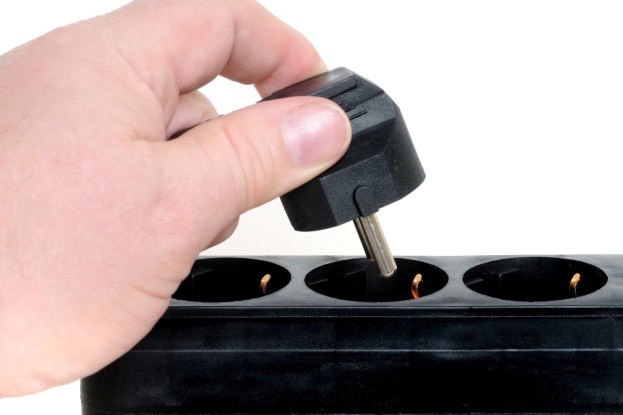As you down tools for the holiday season, be sure to also switch off the standby lights – it’s both cost effective and better for the environment
Depending on who you talk to, climate change can sometimes be a contentious topic, but even the sceptics should accept that there is little point in wasting energy. No, this is not going to be a rant about the unacceptable energy consumed by cryptocurrency mining – I’ll save that for another day.
Whether you are in the office or working from home, many of us have the tendency to invoke sleep mode on laptops and other devices. We do it for the convenience of being able to quickly restart the device and get back to work without the need to restart the operating system. The laptop then gets removed from the docking station or unplugged from the monitor, placed in the rucksack ready for the ride home, or to the next room for the remote workers. The monitor remains in situ and is often left to take itself off to sleep – no lullaby, no goodnight, nothing … we just walk away.
The standby power mode that a monitor reverts means it typically uses around 0.5 W, 4 kWh per year. This does, of course, differ depending on the device type, manufacturer, age of the device, and other variables. The older the device, the more power it is likely to use, as it may not have needed to be compliant with regulations, such as the EcoDesign Directive in the European Union.
If we take the equipment in my home office as typical, then this consists of a printer, monitor, laptop, phone charger, mesh network satellite hub and a surge-protected power strip that displays a light when operational. Other than the mesh network satellite hub, all of these devices could in theory be unplugged when I leave my workspace for the day.
My wife has a home office setup that is similar so we can double the monitor, laptop, phone charger count and add in a docking station. I am sure that our number of devices represents the majority of people’s workstation configuration either in an office or a remote workspace. Let’s assume that four devices remain plugged in on standby mode for each workspace.
For me, a remote worker based in California, the energy cost during off-peak hours can be as low as 28 cents per kWh, meaning that the average person is potentially spending US$4+ per year to leave the devices plugged in for convenience.
Now, you may be reading this and thinking this is not much cash and I agree. But there are 14,000 people in the small town I live in, and if we allow that 30% of them have a similar setup due to remote working or just a family workspace, then 4,200 people are spending US$16,800 that could be saved. If we then calculate this for the Bay Area with a population of just under eight million, the numbers start to become significant at 2.4 million workstations costing US$9.6m per year for standby mode. But this really is not about the money, is it?!
The real cost is the carbon footprint due to the unnecessary use of energy. The four devices at 4 kWh, assuming 30% of people have a workspace, either at home or an office and they leave everything in standby, then 38.4 million kWh are being used for no useful purpose. This creates a carbon footprint, allowing for a typical energy mix, of 15 tons of CO2 emissions per year. I am sure you can do the math on what this means for an entire country, continent or even globally. It’s very significant.
So, as you walk away from your workstation, be it at home or in an office, with the intention of returning after the holiday season, unplug the devices from the wall socket – it’s both cost effective and better for the environment.
Happy holidays!

